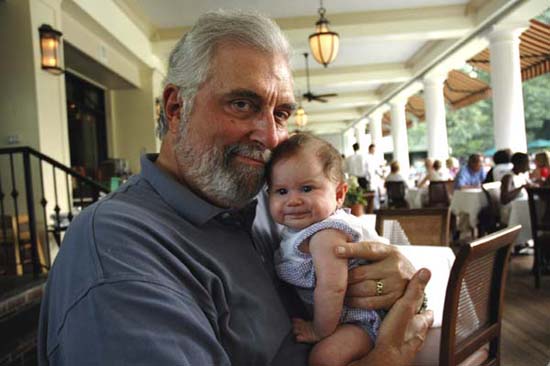Does Political Discussion Polarize Our Views?
Although I believe the Times has made its TimesSelect columnists available for free this week, here are a few key quotes just in case its not available:
But what really happens when people discuss politics? Consider an experiment last year, when groups of Coloradans convened separately in Boulder and Colorado Springs to discuss global warming, affirmative action and civil unions for same-sex couples. Before the discussions, the people in Boulder were on average more liberal than the ones in Colorado Springs, but there were also moderates in both places whose opinions overlapped.
After the group discussions, the people in Boulder moved to the left, and those in Colorado Springs moved to the right. The researchers — David Schkade, Cass Sunstein and Reid Hastie — concluded that “the major effect of deliberation was to make group members more extreme than they were before they started to talk.”
...And...
But when people informally discuss politics, they often don’t hear a range of views. As in Boulder and Colorado Springs, they may be surrounded by like-minded people in their neighborhoods, churches and offices. During local elections, they’re much more likely now than in the past to hear one-sided rhetoric because gerrymandering has produced so many one-sided districts, making it impossible for moderate candidates to survive.
Thanks to cable television, talk radio and the Internet, it’s easier than ever for people to have their opinions validated around the clock. As the media audiences segregate themselves ideologically, they become more extreme in their views — and more convinced than ever that they represent the sensible middle.
In fact, most journalists do try to be objective, but as a group they, too, can become polarized by spending most of their time talking to fellow journalists and experts with similar views. One of the cleverest demonstrations of this effect was a study published last year in Harvard’s Quarterly Journal of Economics. The researchers, Tim Groseclose and Jeffrey Milyo, devised a scale for measuring the slant of news reports by keeping track of which think tanks — liberal or conservative — were quoted most often.
The researchers found that The Washington Times and Brit Hume’s evening newscast on Fox fell on the conservative side of the scale, while all the other news media outlets they studied fell on the liberal side. The surprising result — to liberals, at least — was that Fox was closer to the ideological center than the Big Three evening newscasts as well as all the major newspapers and newsweeklies.
Of course, these ideological divides are small compared with the ones in the blogosphere, which is one giant version of the Colorado experiment. You can always find a group online to affirm your brilliant opinions. It’s immensely satisfying, but it can also make Election Day a miserable experience. Tonight, you can’t help noticing how many ignorant people out there disagree with you.

